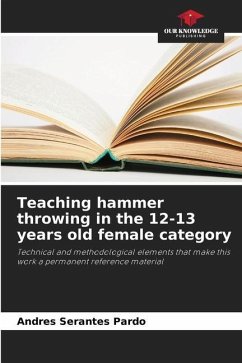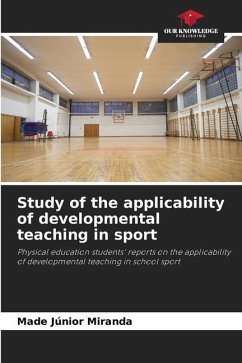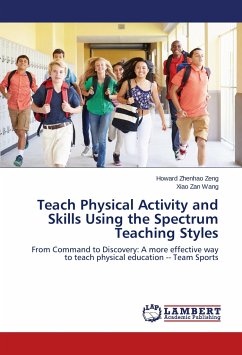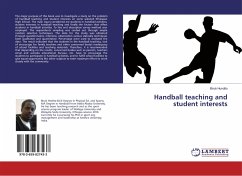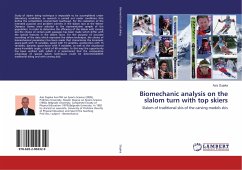
Biomechanic analysis on the slalom turn with top skiers
Slalom of traditional skis of the carving models skis
Versandkostenfrei!
Versandfertig in 6-10 Tagen
32,99 €
inkl. MwSt.

PAYBACK Punkte
16 °P sammeln!
Study of alpine skiing technique is impossible to be accomplished under laboratory conditions, so research is carried out under conditions that define the competition environment (pathway). For the realization of the intended purpose and problem winners in the slalom race at the Winter Olympics Games were selected as the representative sample of the population. In order to determine the efficiency of the slalom with carving skis the choice of certain path passages has been made which differ with the special features in the slalom races. For the purpose of accurate recording of the data which r...
Study of alpine skiing technique is impossible to be accomplished under laboratory conditions, so research is carried out under conditions that define the competition environment (pathway). For the realization of the intended purpose and problem winners in the slalom race at the Winter Olympics Games were selected as the representative sample of the population. In order to determine the efficiency of the slalom with carving skis the choice of certain path passages has been made which differ with the special features in the slalom races. For the purpose of accurate recording of the data which represent the slalom technique, the choice of biomechanical parameters has been made that characterize the kinematic space:path with 15 variables, speed with 15 variables, acceleration with 15 variables, dynamic space:force with 9 variables, as well as the situational space:4-variable angle, a total of 48 variables. In this way the opportunity has been verified with which it is ascertained that the comparative advantage of special slalom techniques could be determined(With traditional skiing and with carving skis).





